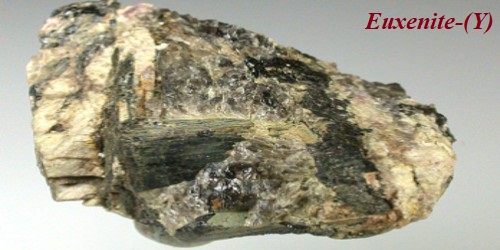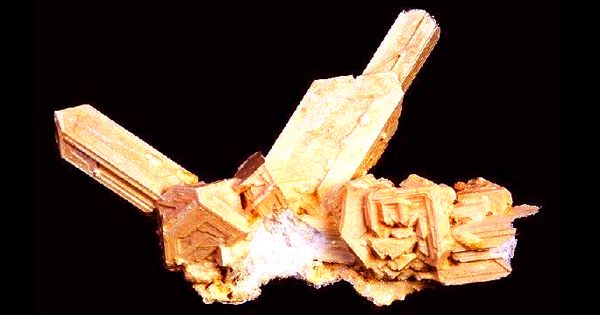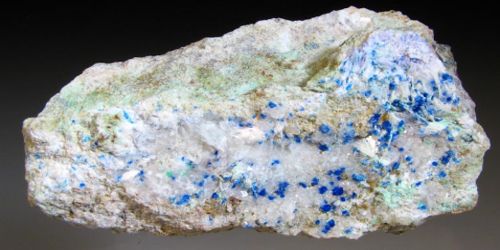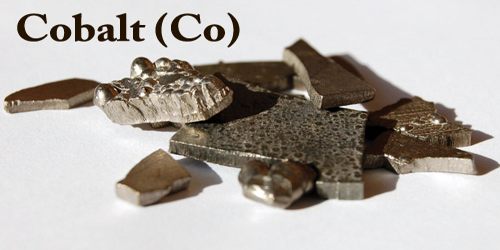Euxenite or euxenite-(Y) is a brownish black mineral with a metallic luster. It is a mineral that is sometimes called a “trash can mineral”. Because it will accommodate a wide variety of elements in its crystal structure, generally the elements that other minerals do not seem to want. Euxenite forms a continuous series with the titanium-rich polycrase-(Y) having the following formula: (Y,Ca,Ce,U,Th)(Ti,Nb,Ta)2O6
It was first described in 1870 and named for from the Greek (εύξεινος), hospitable or friendly to strangers, in allusion to the many rare elements that it contains.
General Information
- Category: Oxide minerals
- Formula: (Y,Ca,Ce,U,Th)(Nb,Ta,Ti)2O6
- Crystal system: Orthorhombic.
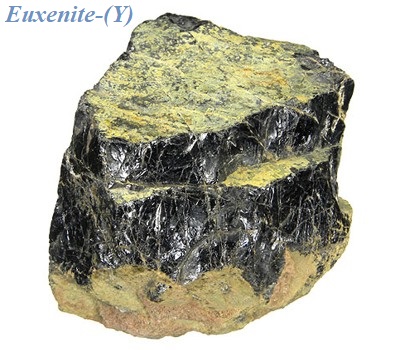
Properties
It contains calcium, niobium, tantalum, cerium, titanium, yttrium, and typically uranium and thorium, with some other metals. The chemical formula is: (Y,Ca,Ce,U,Th)(Nb,Ta,Ti)2O6. It is commonly partially amorphous due to radiation damage.
- Color: Black, brownish black, greenish black
- Crystal habit: Massive, anhedral crystals in matrix
- Fracture: Conchoidal to subconchoidal
- Mohs scale hardness: 5.5 to 6.5
- Luster: Brilliant submetallic, waxy to resinous on fractures
- Streak: Yellowish, grayish, or reddish brown
- Diaphaneity: Opaque, translucent on thin edges
- Specific gravity: 4.7 to 5
- Optical properties: Isotropic
Occurrence
It occurs in granite pegmatites and detrital black sands. It is found in many locations worldwide, notably its type locality in Jølster, Sunnfjord, Norway. Other locations include the Ural Mountains of Russia; Sweden; Minas Gerais, Brazil; Ampangabe, Madagascar; Ontario, Canada; and in Arizona, Wyoming, and Colorado in the US.
Euxenite is found in rare earth rich, granite pegmatites, a slow cooling igneous intrusive rock. Euxenite is associated with quartz, feldspars, columbite, tantalite, monazite and other rare earth minerals.
Use
Euxenite is used as an ore of the rare earth elements it contains. Rare large crystals have also been used in jewelry. Remember, this is a slightly radioactive mineral and should be stored away from other minerals that are subject to damage from radioactivity and of course human exposure should be limited!
Information Source:
